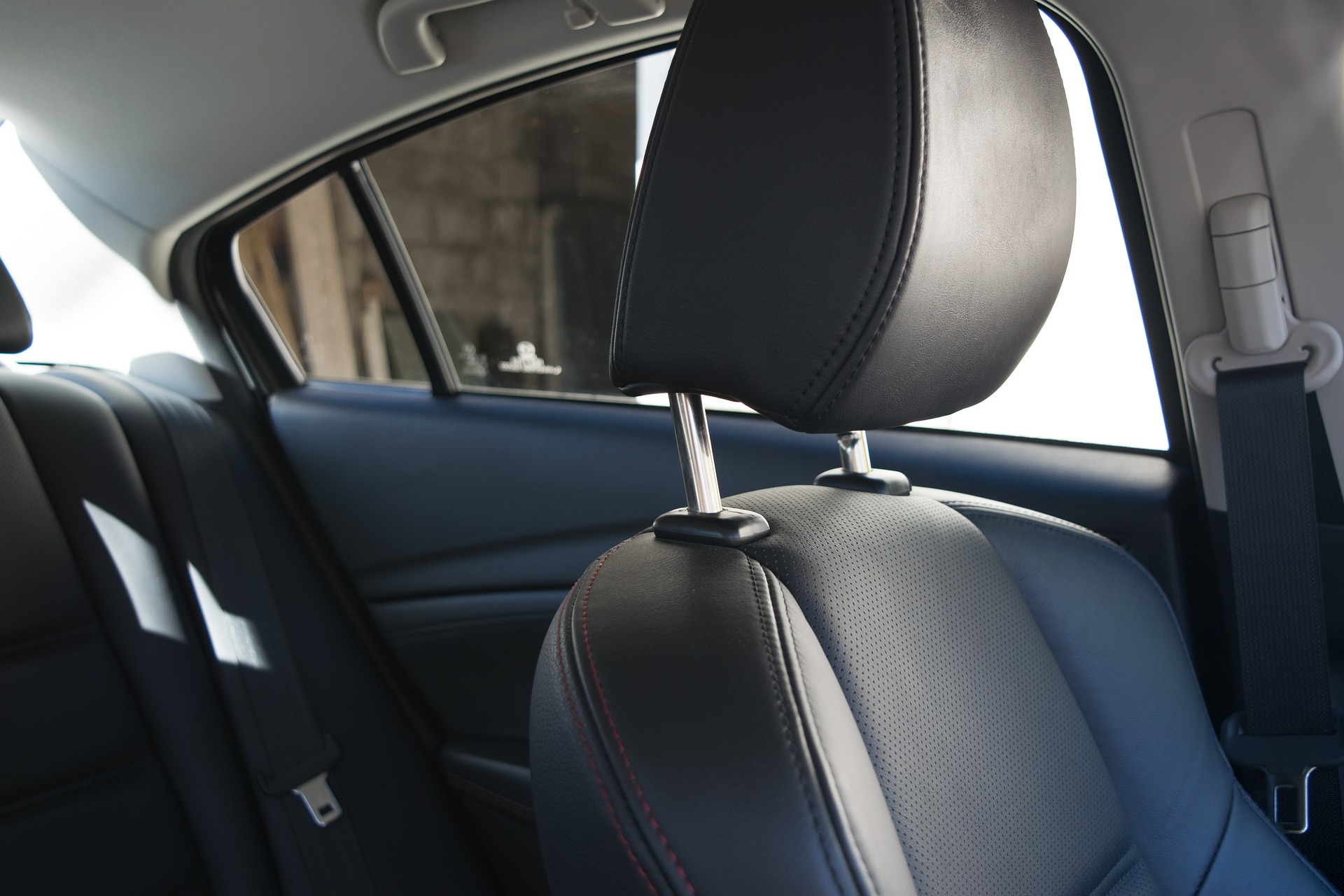
You’d be surprised at how often mobility vehicle owners overlook inspections. So long as the vehicle can get you from A to B without hiccups, most people think it is okay to push inspections to a later date. But that is a dangerous habit to get into – mobility vehicles should be inspected regularly to ensure safety and reliability.
If your answer is anything other than “in the last six months,” you may want to consider scheduling an inspection soon. This is how you stay on top of unexpected breakdowns and detect any underlying issues that may pose a hazard in various terrain, weather, or surface conditions.
At the very least, your mobility vehicle should be inspected annually by a qualified technician. The professional will be able to check for any signs of wear and tear, mechanical problems, or safety issues. They can also recommend repairs or replacement parts to make life easier or keep your vehicle running smoothly.
Common Issues That Inspections Can Catch Early
Vehicle inspections could resolve common issues, including leaking fluids, corroded parts, cracked hoses, and much more. Some of these issues may seem minor, but they can become bigger problems if not detected early. It is also important to ensure that your vehicle’s safety features, such as airbags and seat belts, are functioning correctly.
The best part about these inspections is that they are relatively quick and easy. And the peace of mind that comes with knowing your mobility vehicle is safe and in good condition is well worth the effort. However, it is also worth noting that inspections can sometimes uncover serious issues, so it is important to factor in any additional costs that may be involved.
How To Keep Your Mobility Vehicles in Good Shape Between Inspections
The easiest way to ensure your mobility vehicle is safe between inspections is to perform routine maintenance checks. This includes keeping the tire pressure at the recommended levels, topping up fluids, and inspecting the brakes. You also want to clean the vehicle to prevent dirt build-up.
Even with regular maintenance, you should still have your mobility vehicle inspected by a qualified technician every six months. This applies to cars, scooters, and wheelchairs, as they all have mechanical components that are prone to failure. That is how you can guarantee your independence for many years to come.
Regular safety inspections are an important part of owning a mobility vehicle. They are designed to identify potential car issues before they become expensive problems. Visit Jerry’s Mobility today and get your vehicle inspected.
Image via Pixabay





